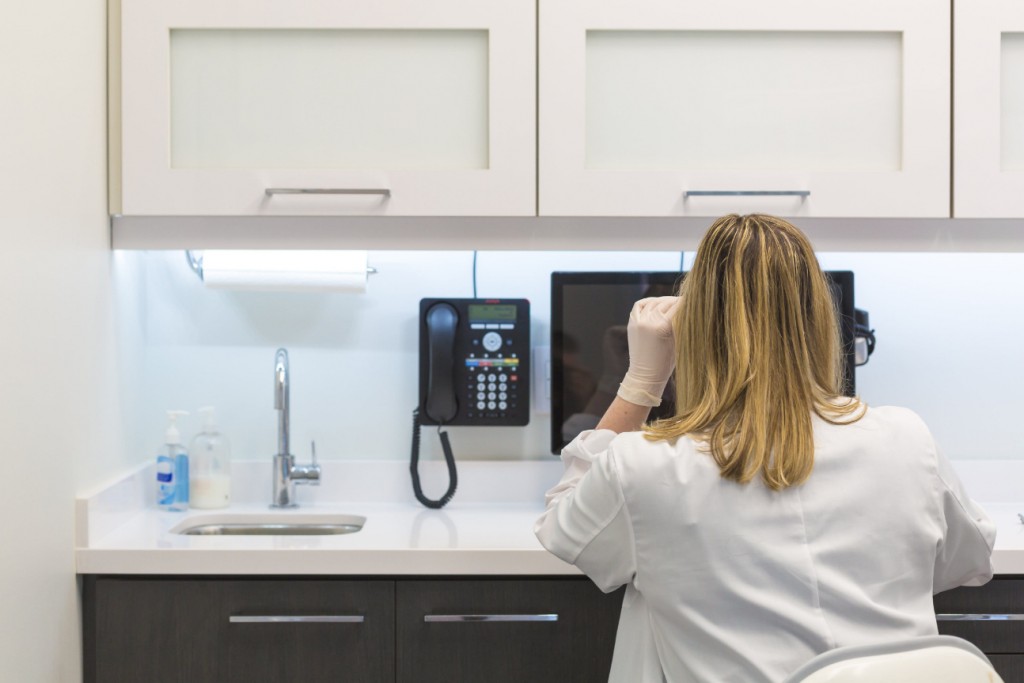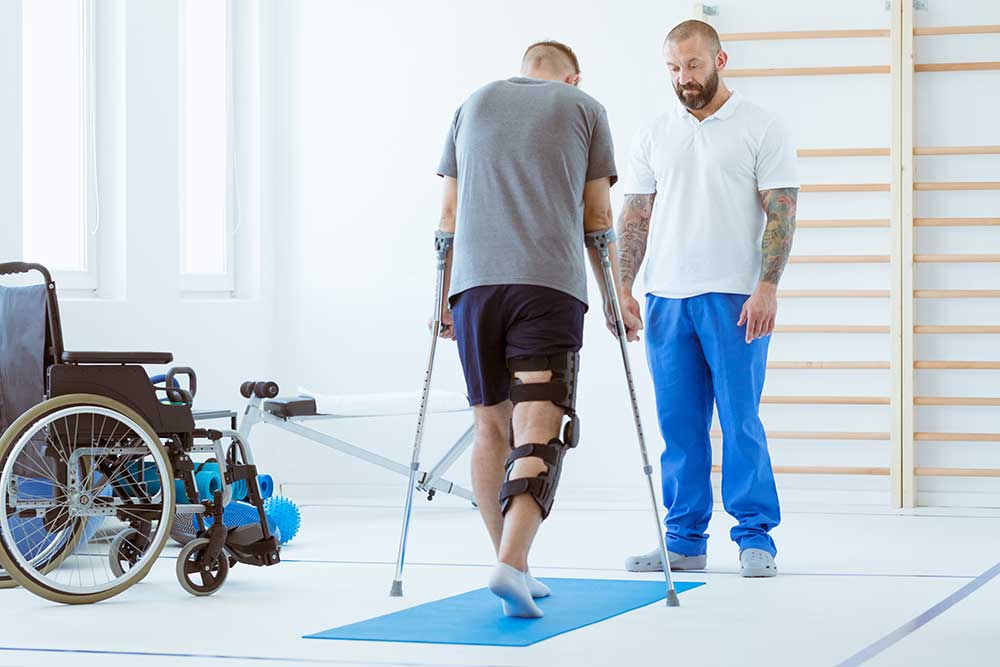- Although typically considered a lung infection, COVID-19 has been found to cause blood clots that can lead to severe stroke.
- Experts say that this can happen in any patients regardless of age, and even in those with few or no symptoms.
- People with COVID-19 as young as 30 are experiencing strokes even when their symptoms were mild.
All data and statistics are based on publicly available data at the time of publication. Some information may be out of date. Visit our coronavirus hub and follow our live updates page for the most recent information on the COVID-19 outbreak.
COVID-19, the disease caused by SARS-CoV-2, usually attacks the lungs. It causes symptoms that include cough and difficulty breathing — but doctors are noticing a disturbing trend.
People as young as 30 are experiencing strokes, even when their symptoms were mild.
“The coronavirus has been shown to cause development of microthrombi [small clots]. These clots can travel to the lung and obstruct blood flow to the lung, which is called pulmonary embolism, or travel to brain circulation and cause ischemic stroke,” Dr. Theresa Capriotti, DO, MSN, RN, at Villanova University, told Healthline.
“It seems to be happening to those affected with severe COVID symptoms,” Capriotti said. “It can occur in any age group and it occurs suddenly.”
Symptoms to watch out for include:
- weakness or paralysis of the extremities on one side of the body
- lack of sensation in extremities on one side of the body
- facial droop on one side of the face
- speech impairment
New York doctors ‘sound the alarm’
When doctors like Dr. Johanna T. Fifi at Mount Sinai saw unusual numbers of stroke patients with COVID-19 in March, she and colleagues decided to sound the alarm.
“We’re hypothesizing that the virus is having an effect on the lining of the blood vessels all through the body — and that is what is leading to the clots,” she said.
Their report was published in the New England Journal of Medicine (NEJM).
“We published that report because that was a little bit unusual to see so many young patients in such a short period of time,” said Fifi. “But we have some other research looking at our overall numbers, and we saw about double the amount of large vessel strokeTrusted Source than normal during the peak weeks of COVID.”
She confirmed it’s very likely these blood clots are COVID-19-related, and added that it can occur in any age group and can occur suddenly.
“It’s definitely something that it’s [COVID-19] doing, it seems too strong of an association to be unrelated at all, it’s just too much of a coincidence,” said Fifi. “What we know is that COVID is causing blood vessel blockages in other regions, the legs for instance, and COVID is damaging the blood vessel lining throughout the body.”
Severe cases and those with mild or no symptoms
According to Dr. Christopher P. Kellner, professor of neurosurgery at Mount Sinai, the kind of stroke that’s happening is severe stroke — meaning the patients had a large blood clot attach to one of the large arteries in the brain.
“We do know that COVID can increase your chance of developing blood clots if you have severe COVID. Especially if you’re old; older people are more likely to have severe COVID,” he said.
Kellner explained this is why in April, Mount Sinai implemented a plan to give anticoagulant drugs to people with COVID-19. “The reason this is important is we observed this happening in younger patients with no or mild symptoms.”
However, he emphasized “no one recommends that yet for patients at home, with mild disease. But we’re still figuring out the disease and what makes sense to do.”
Shared from the Healthline website





Customer Reviews
Thanks for submitting your comment!